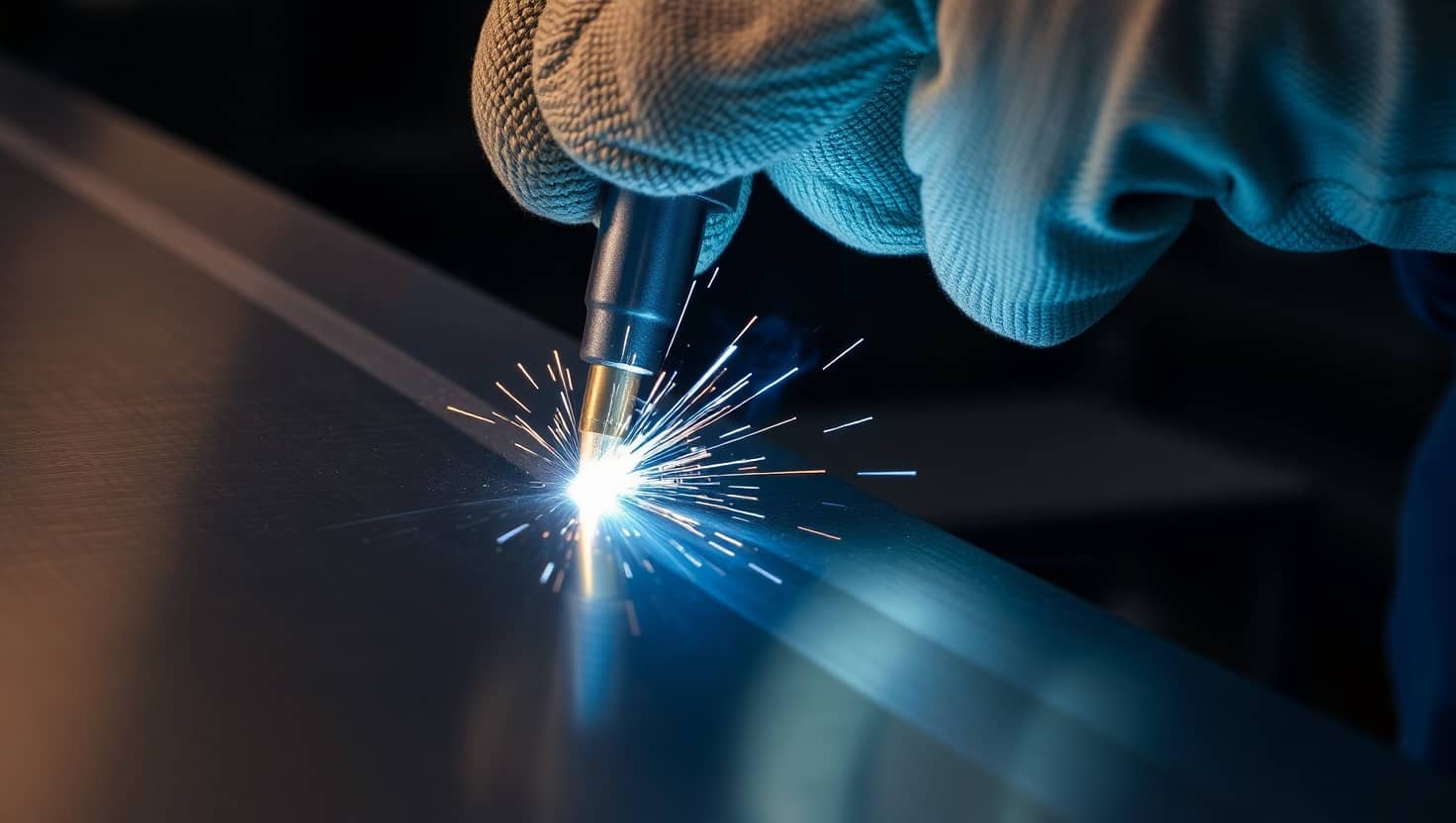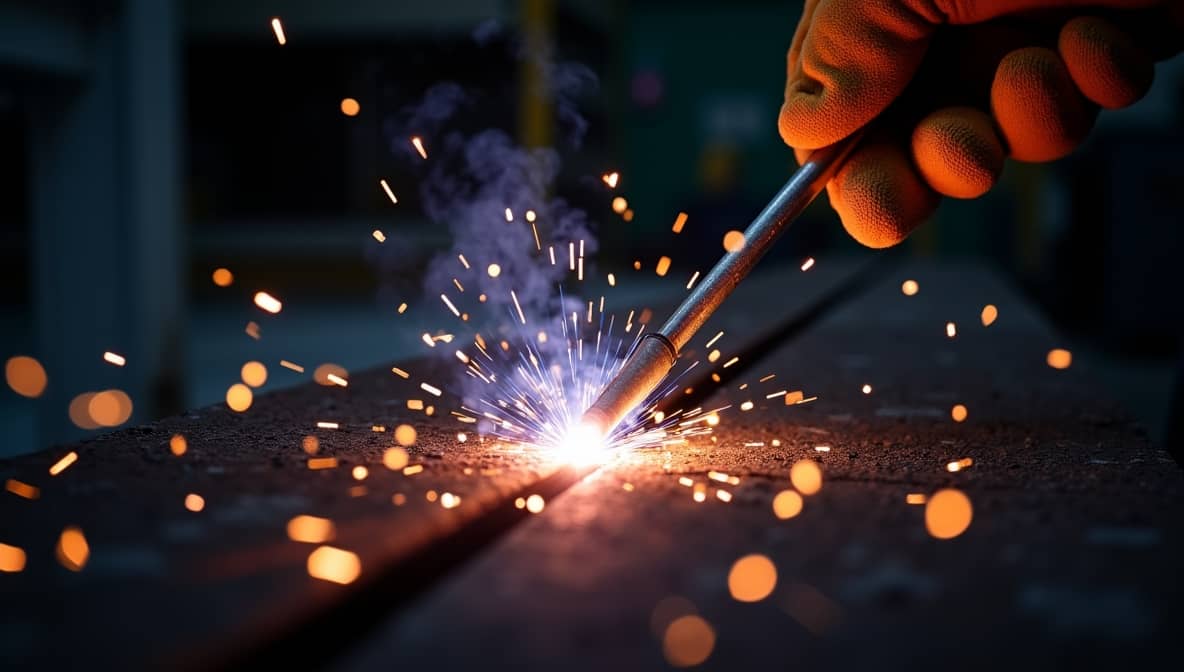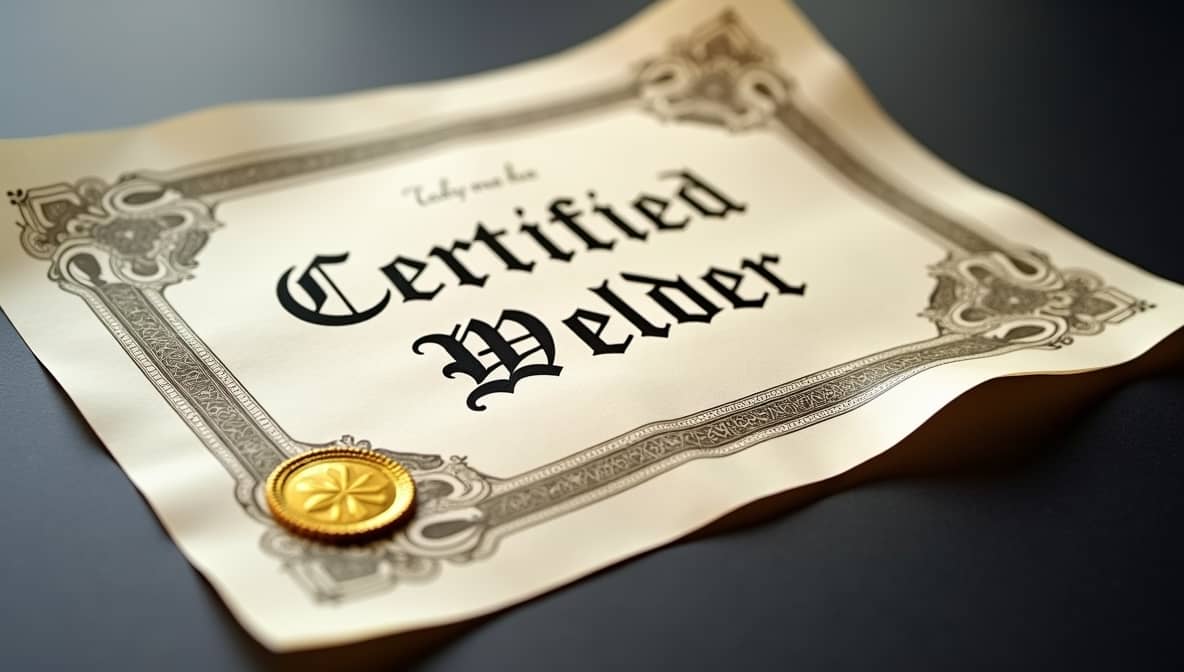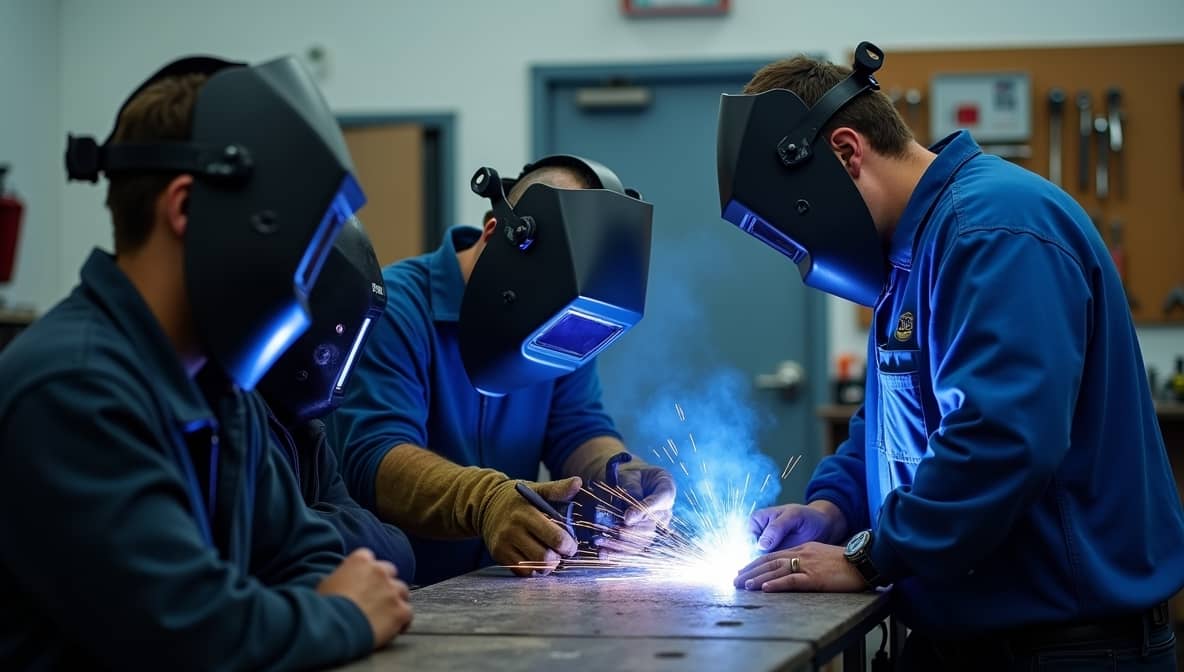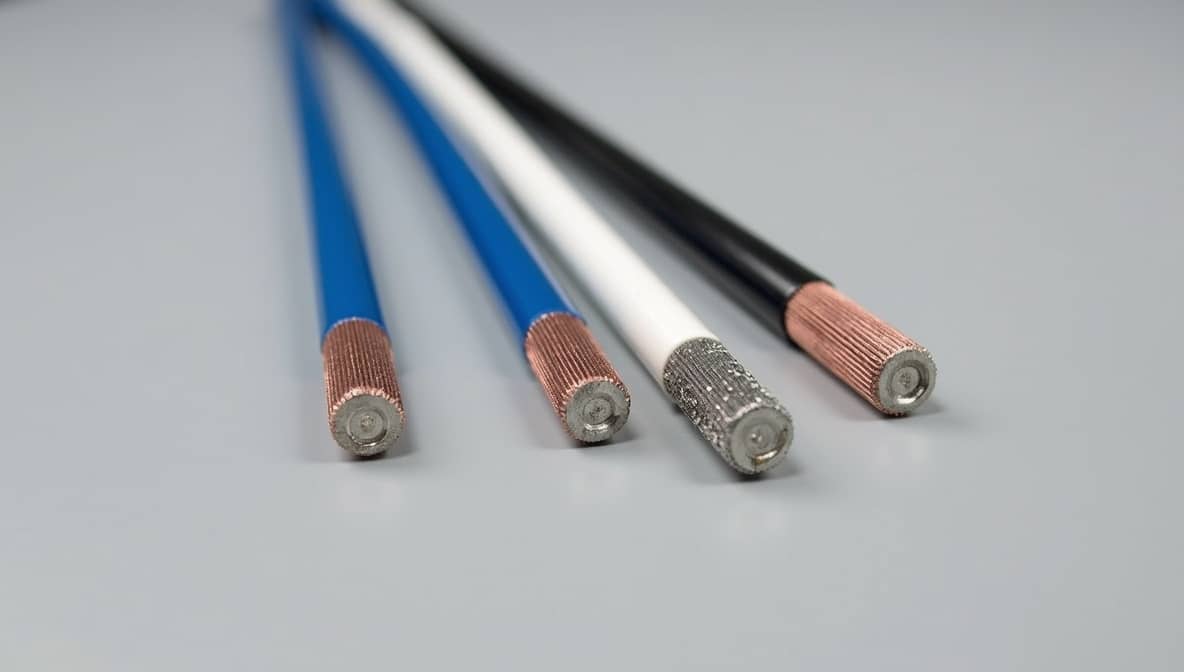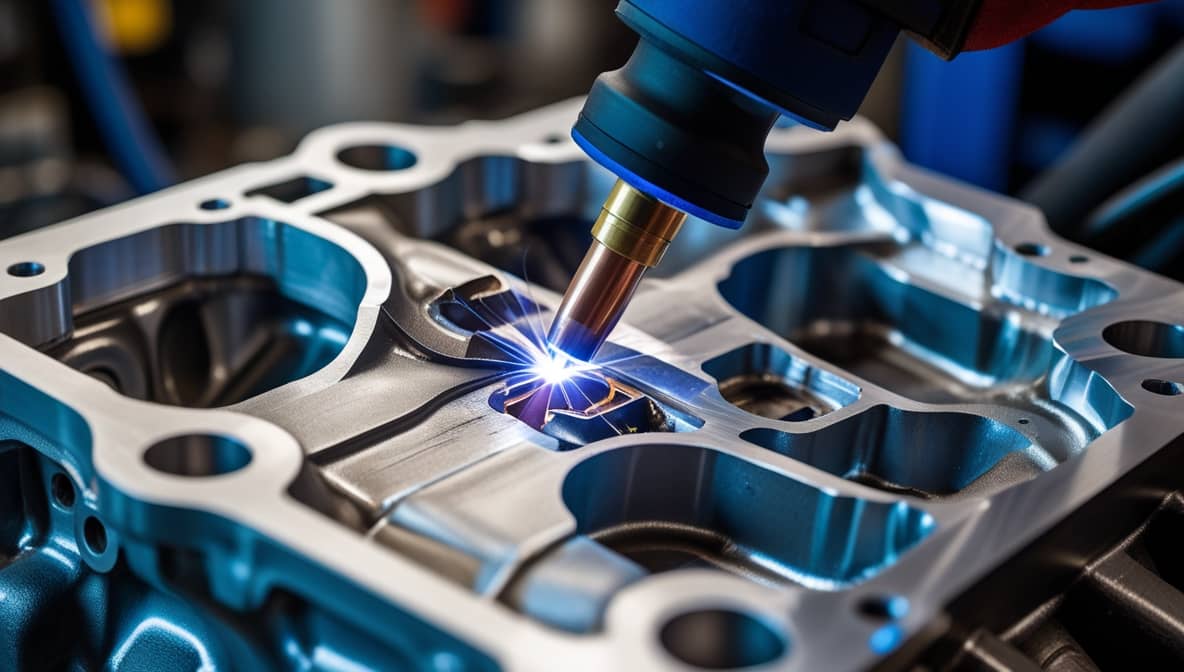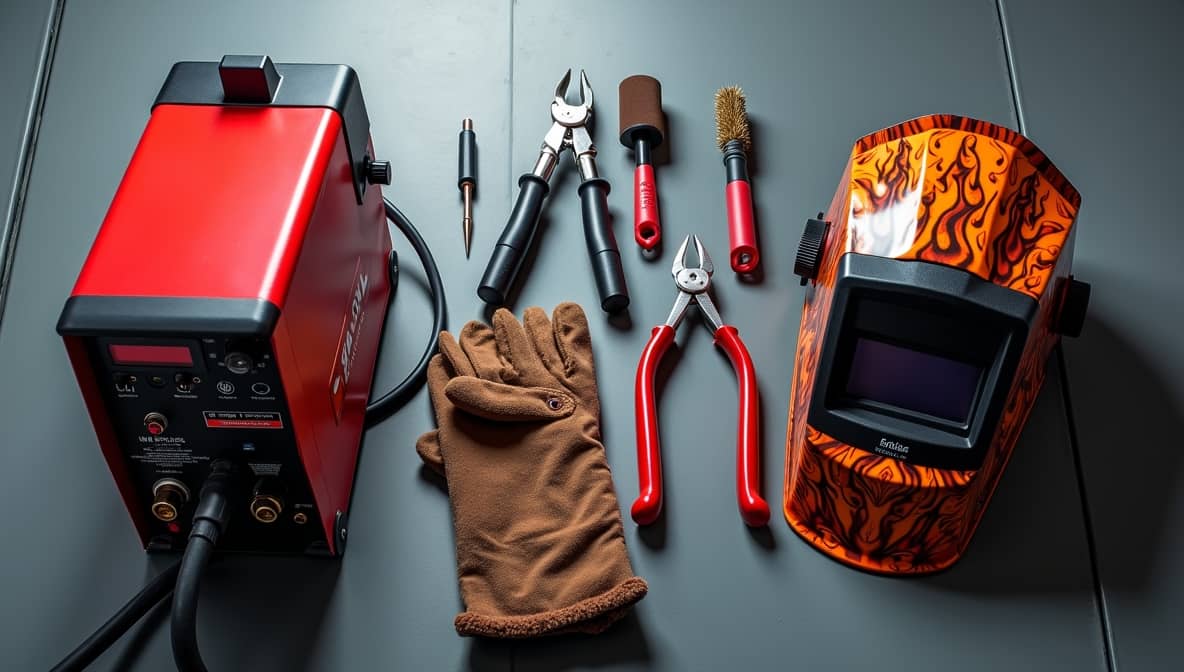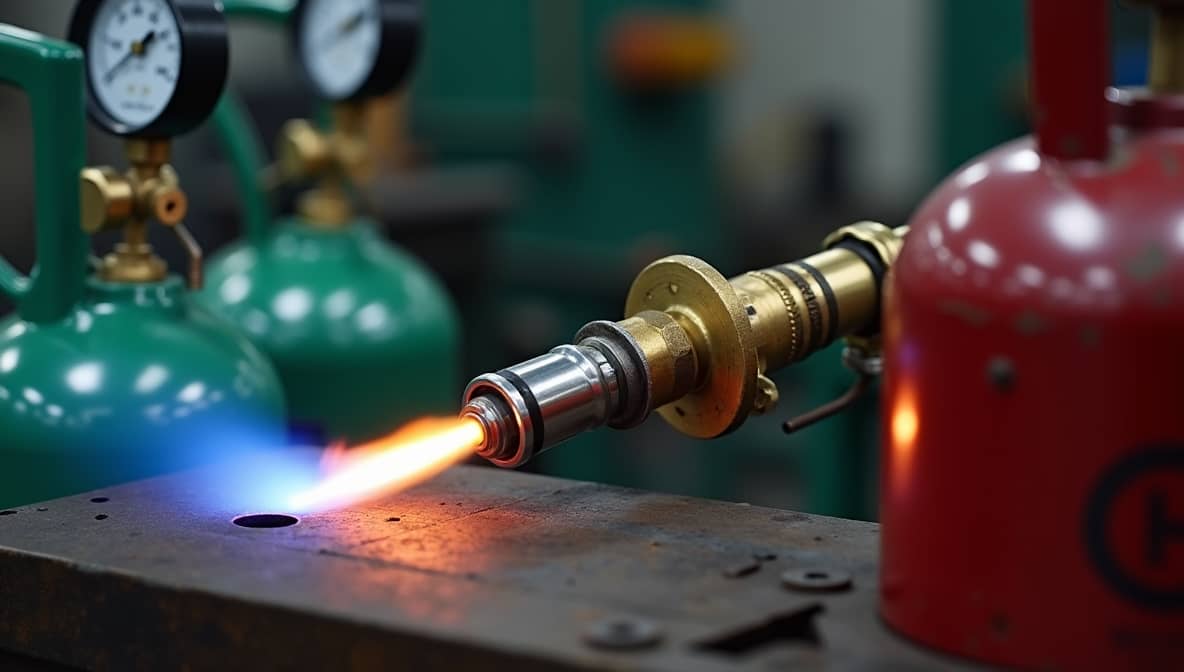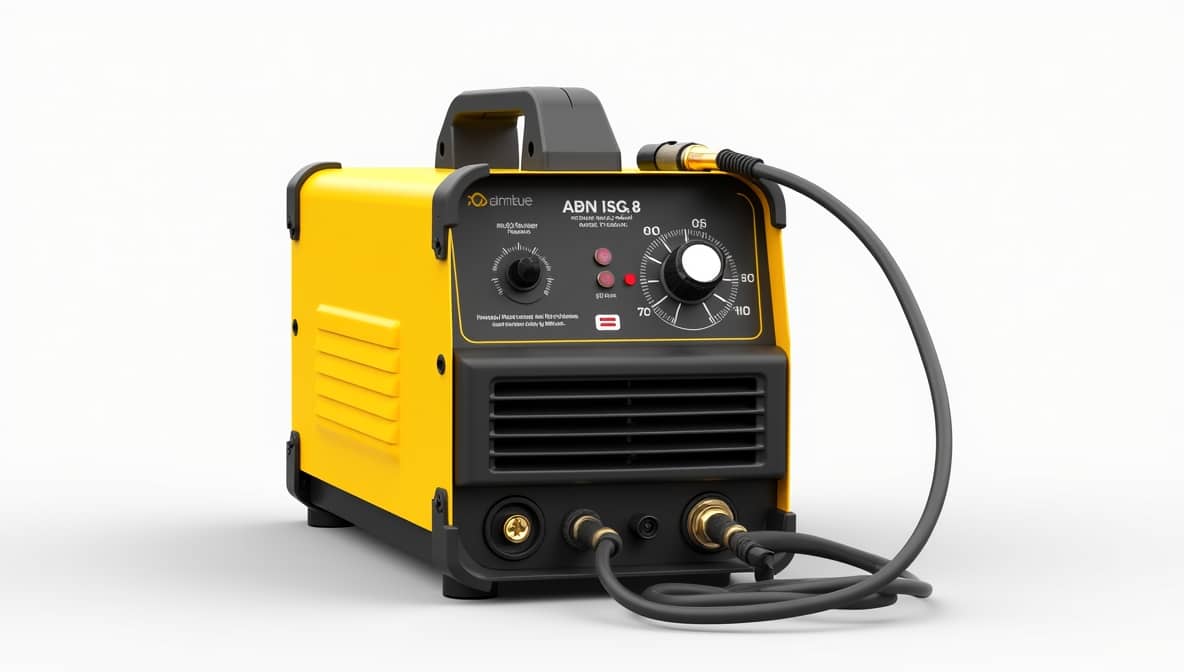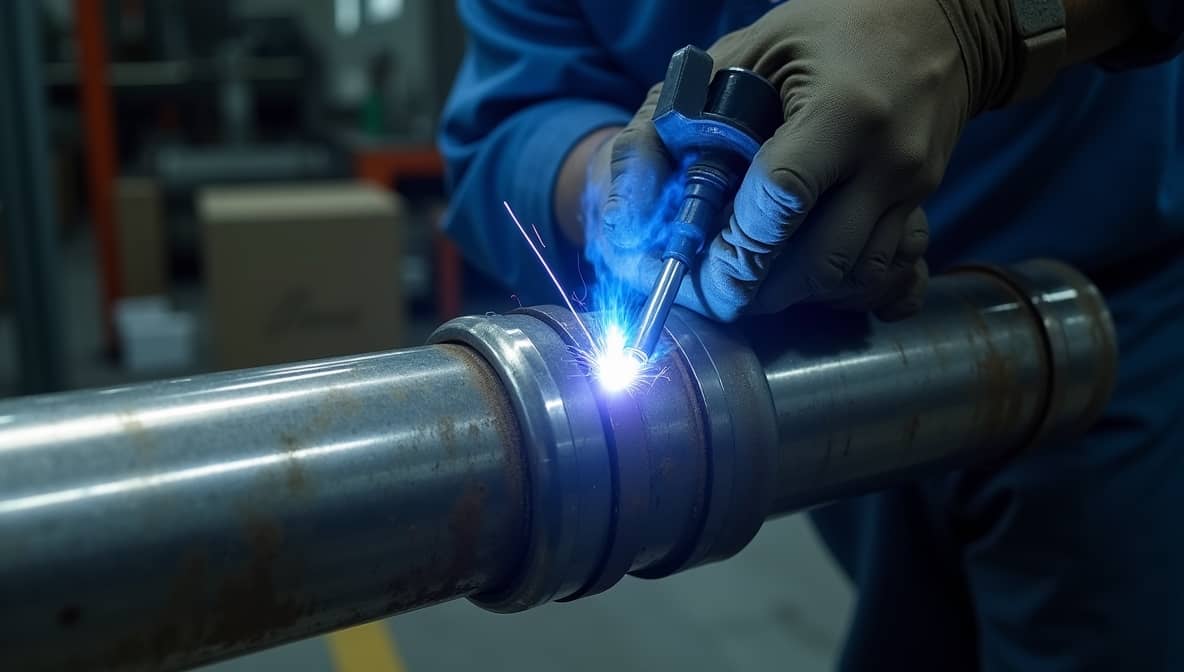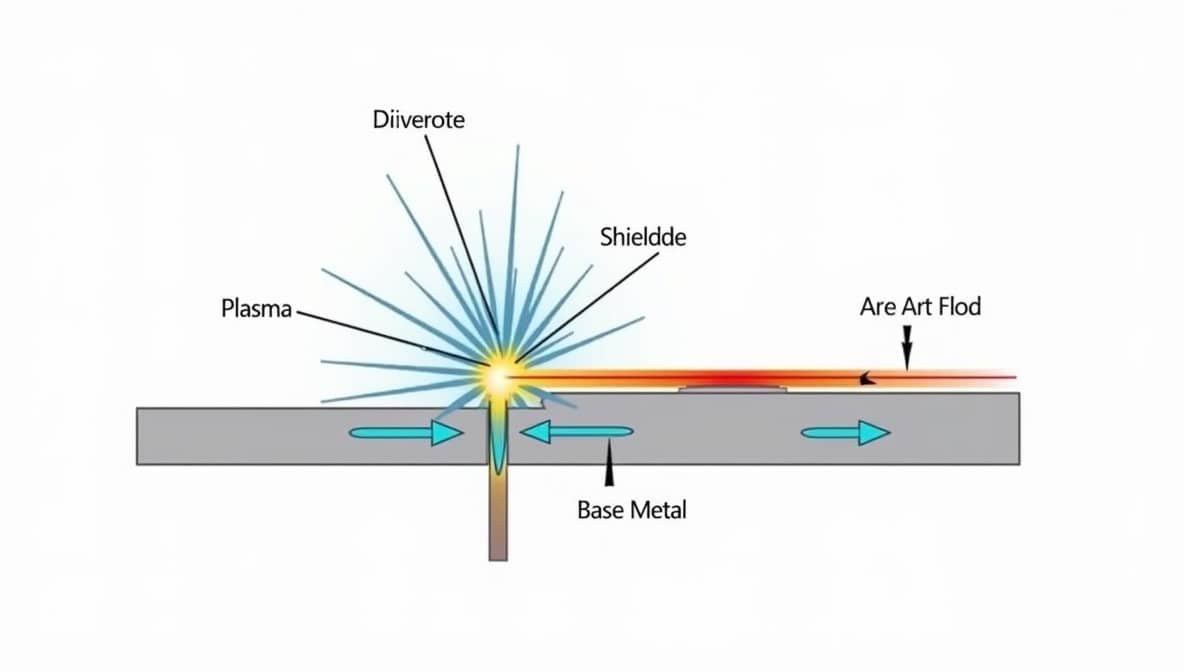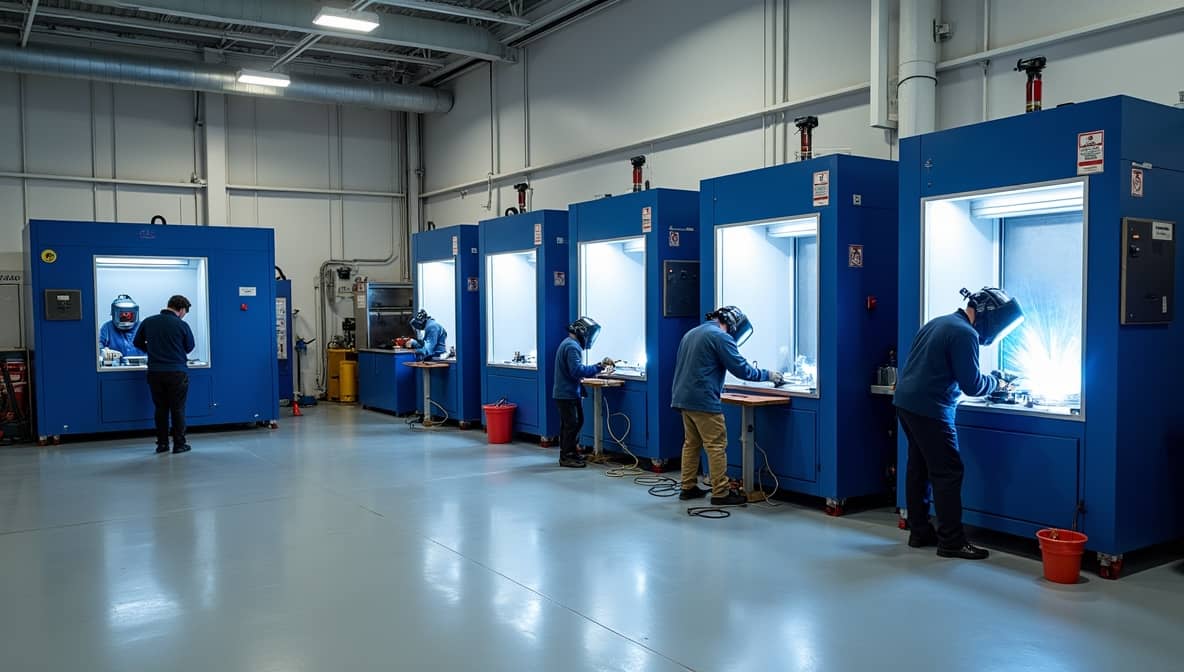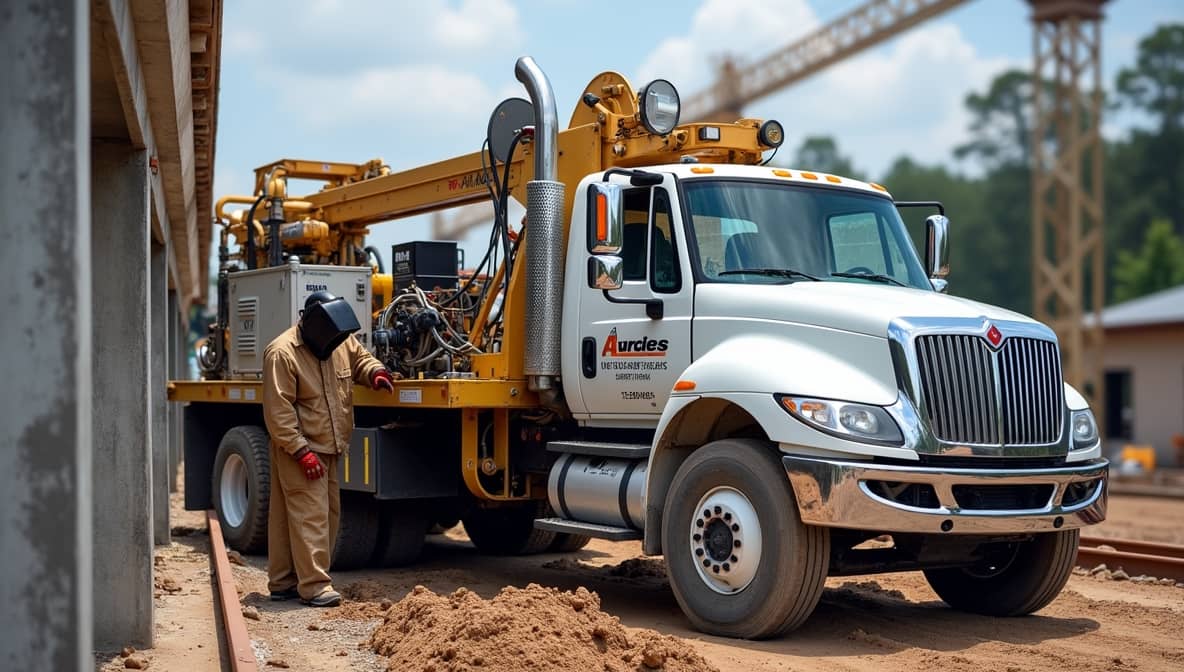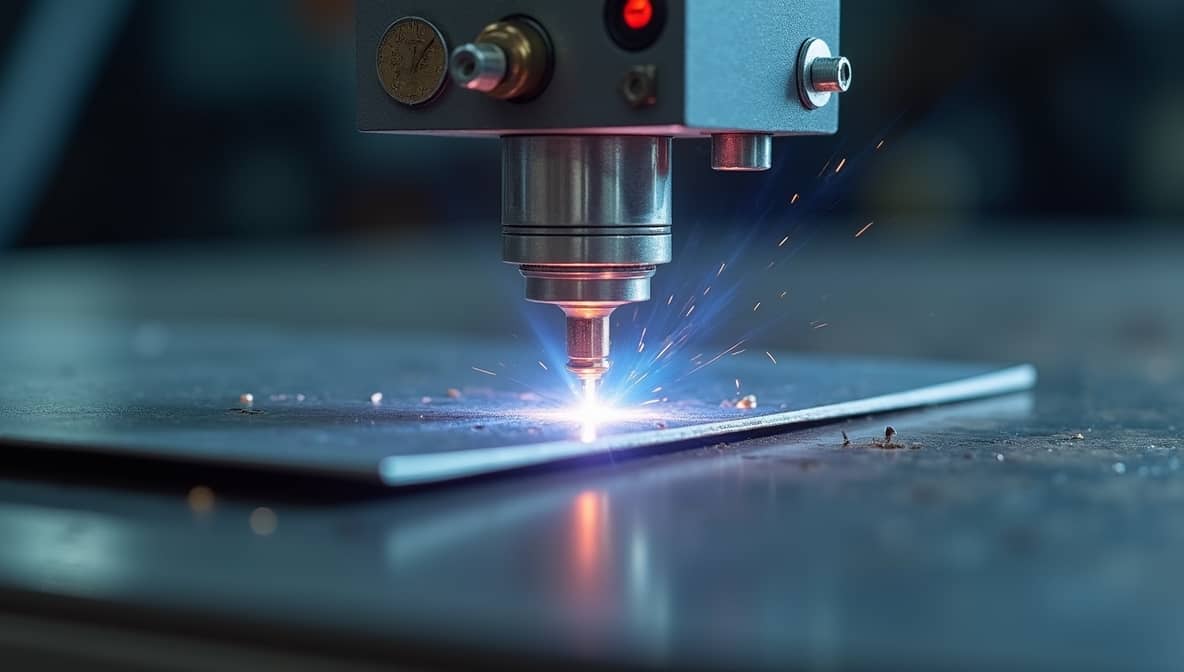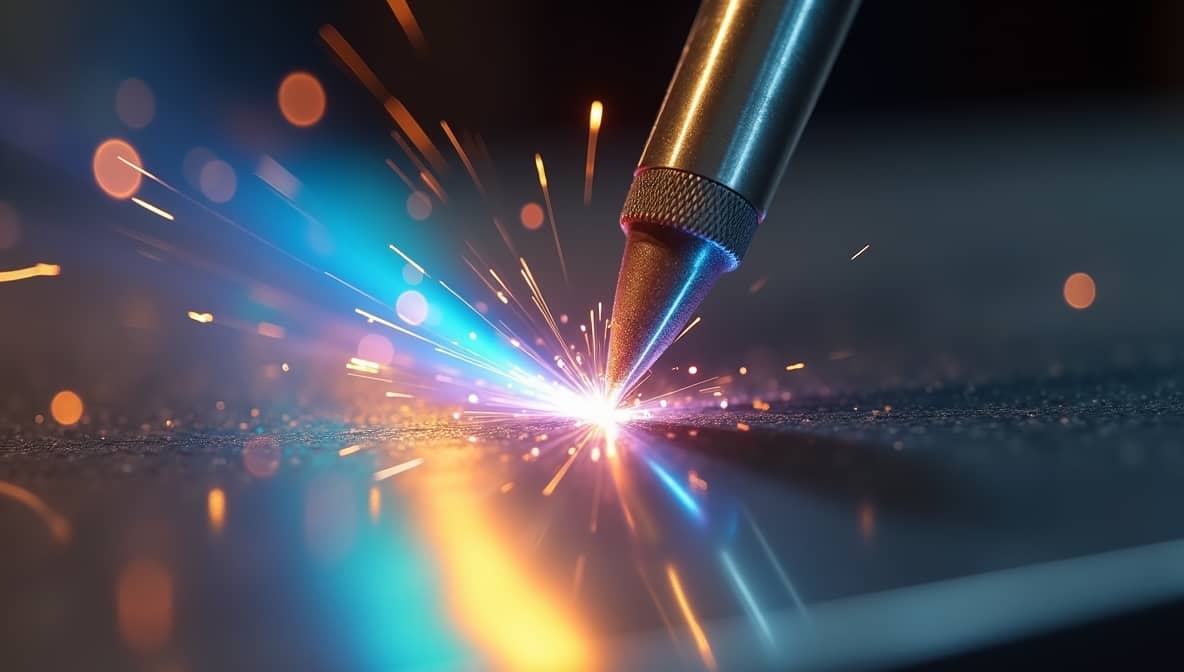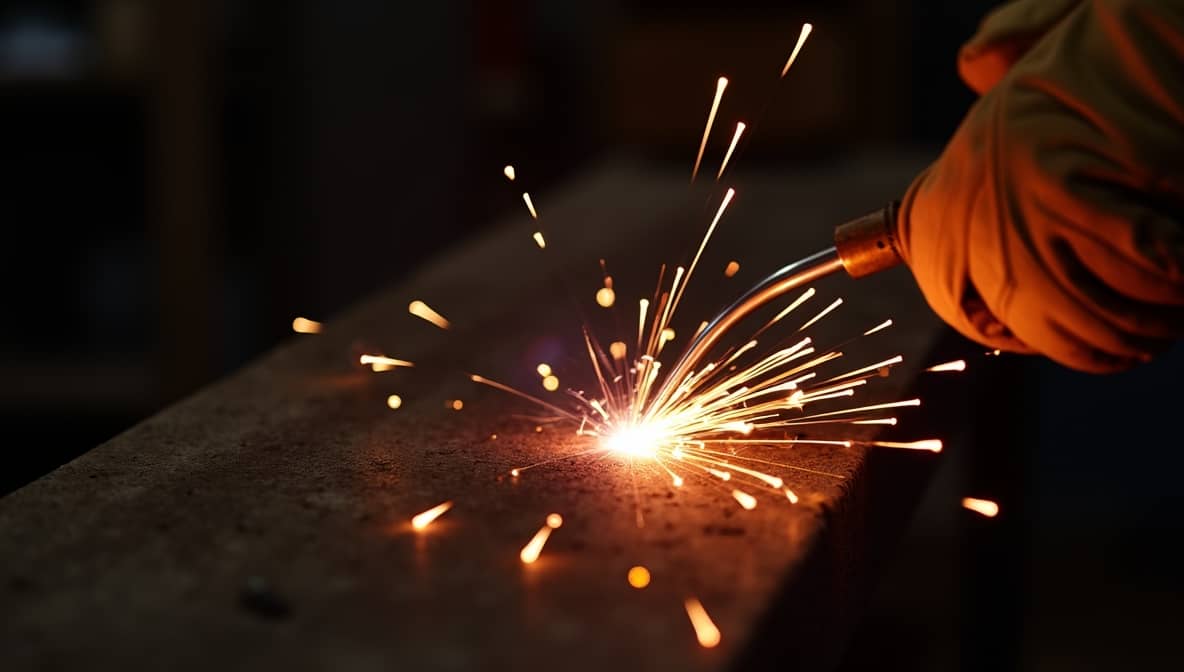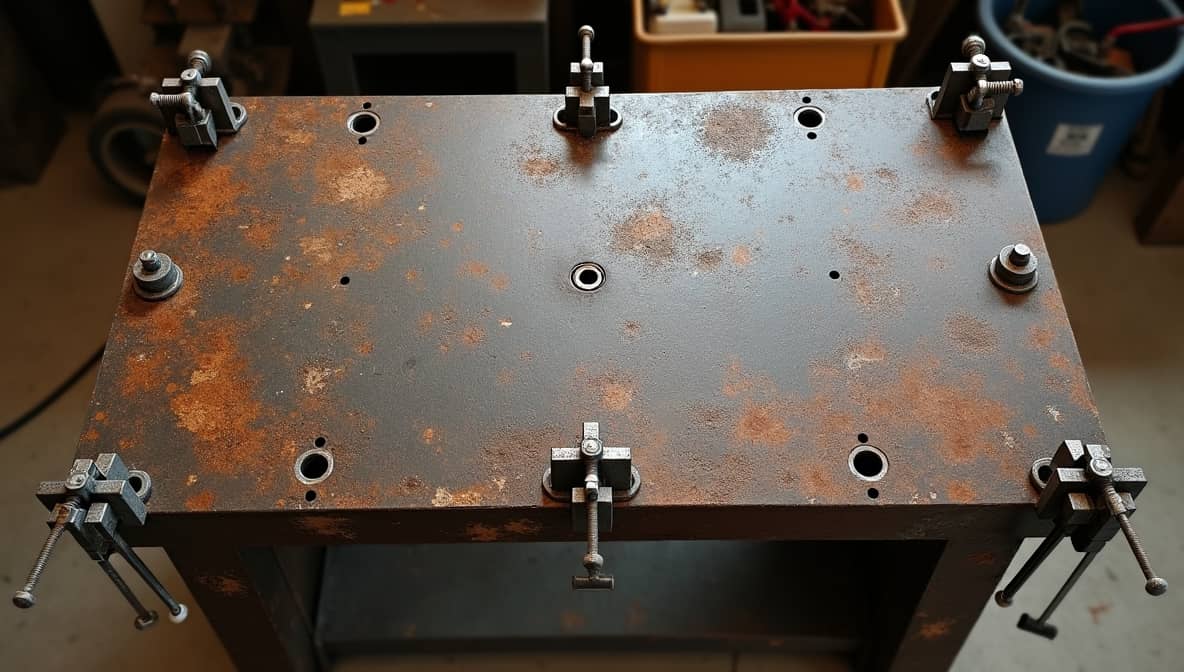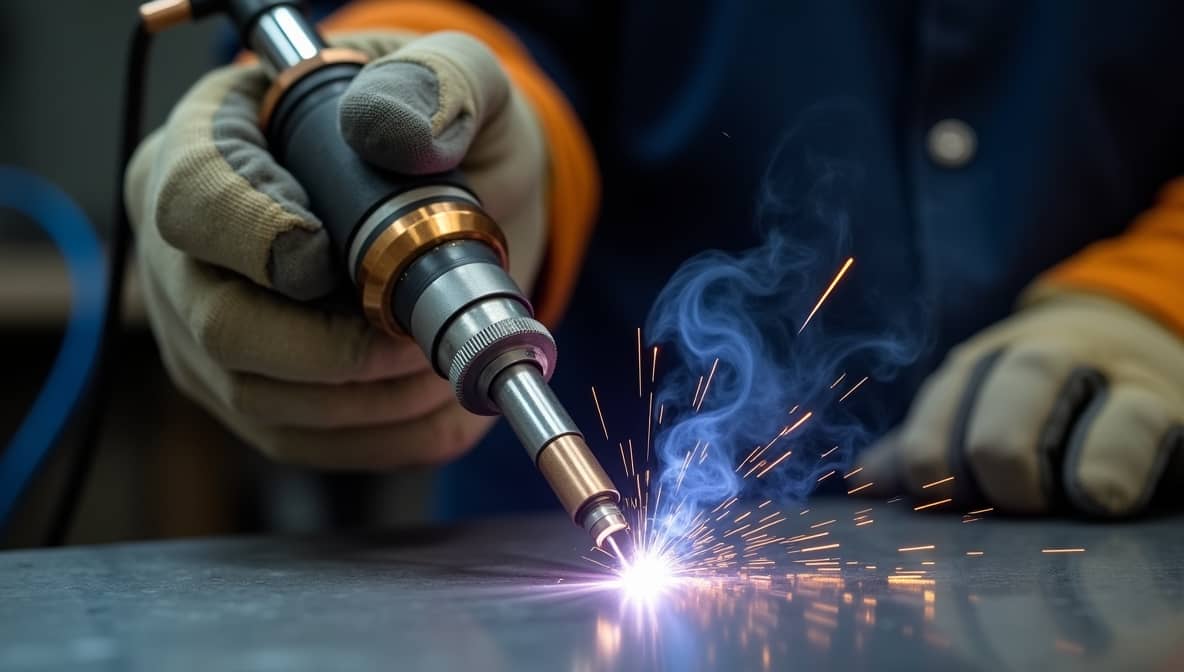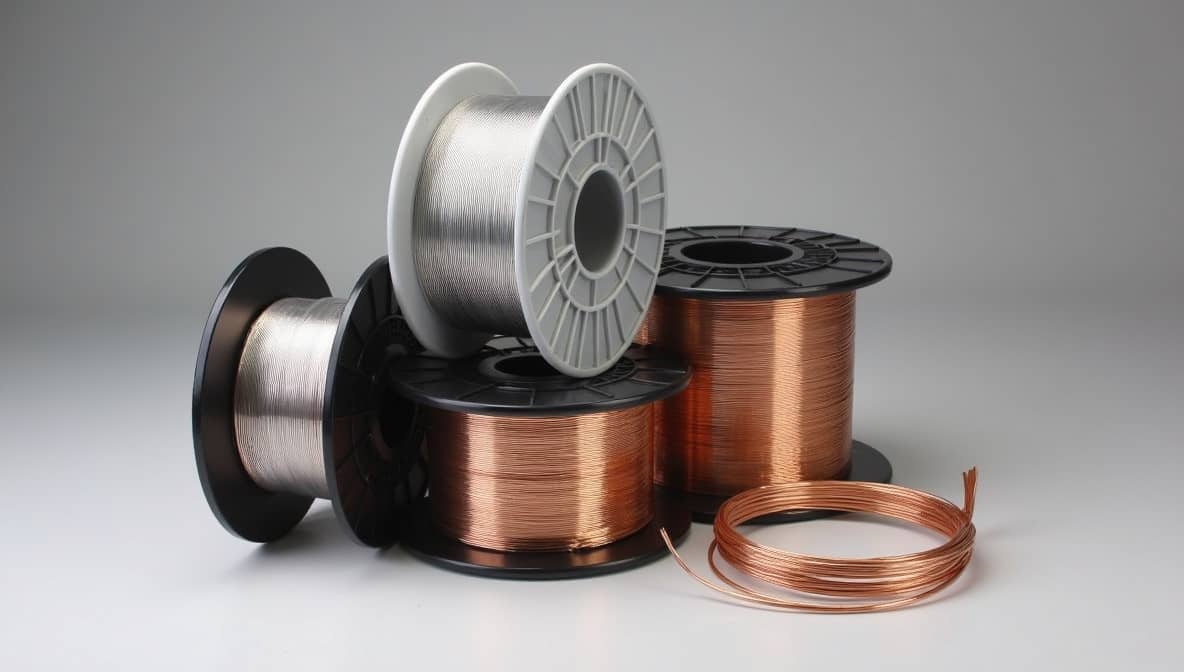Welding Wisdom for Professionals and Beginners Alike.
Start from herePrecision Welding Insights at Your Fingertips
Building Stronger Connections through Welding
Explore Welding
Discover comprehensive resources across all welding disciplines. From beginners looking to start their journey to professionals seeking advanced techniques, WeldingHubs has you covered.
Aluminum Welding
ExploreARC Welding
ExploreWelding Certificate
ExploreWelding Classes
ExploreElectrode
ExploreEngine Welding
ExploreWelding Equipment
ExploreFlux
ExploreGas Welding
ExploreHelmet
ExploreWelding Job
ExploreWelding Machine
ExploreMIG Welding
ExplorePipe Welding
ExploreWelding Process
ExploreSafety
ExploreWelding School
ExploreWelding Service
ExploreSpot Welding
ExploreStainless Welding
ExploreStick Welding
ExploreWelding Table
ExploreWelding Technology
ExploreTIG Welding
ExploreWelding Training
ExploreUnderwater Welding
ExploreWelding Wire
ExploreUses of Welding
ExploreLatest Articles
Aluminum TIG Welding Amperage Chart: Perfect Settings for Any Thickness
When TIG welding aluminum, the amperage range depends on the aluminum thickness and tungsten diameter. Use 5-25 amps for 0.010”-0.035” thickness with 0.040” tungsten. For 1/16”, use 20-85 amps. For…
Aluminum Stick Welding Settings: Essential Tips and Techniques for Success
To weld aluminum with stick welding, set your welder to 50-80 amps for 3/32” 4043 electrodes, 80-130 amps for 1/8” electrodes, and 100-160 amps for 5/32” electrodes. Avoid using stick…
Aluminum Stick Welding Amperage: Essential Tips for Choosing the Right Settings
Aluminum stick welding needs careful amperage selection for best results. Common electrode sizes, like 1/8”, require an amperage range of 80 to 135 amps. This range helps maintain arc stability,…
Aluminum Stick Welding Polarity: Essential Tips and Techniques Explained
Use a DC stick welder for aluminum welding. Choose DCEP polarity, like in steel or stainless welding. This will increase spatter and create a gummy weld puddle. Remember, aluminum has…
Essential Aluminum Prep for Welding: Tips and Techniques for Quality Joints
To prepare aluminum for welding, remove oil, grease, and moisture using acetone or an alkaline solution. Clean the surface to eliminate oxides with a wire brush. Ensure the area is…
Aluminum MIG Welding Voltage Settings: Essential Tips and Guide for Beginners
To achieve optimal aluminum MIG welding, adjust the voltage settings based on the filler wire diameter and transfer type. For short circuit transfer, set the voltage between 18-21 volts. For…
0.35 Aluminum Welding Wire Settings: Essential Tips for MIG Welding Success
For .035 aluminum welding wire, set the voltage to 21-22 volts and the wire speed to 350-400 IPM for 1/8” thickness. For spray transfer, increase the voltage or lower the…
Master Aluminum MIG Welding: Essential Tips and Practical Guide for Success
To achieve excellent aluminum MIG welds, follow these tips: 1. Prepare the metal well. 2. Preheat for better bonding. 3. Use aluminum-specific equipment. 4. Set the welder to spray transfer…
AC vs DC Welding for Aluminum: Pros, Cons, and Expert Recommendations
AC welding is generally better for aluminum. It effectively tackles aluminum oxide, which forms quickly. AC improves arc stability and penetration. This helps start and maintain the weld. While DC…

